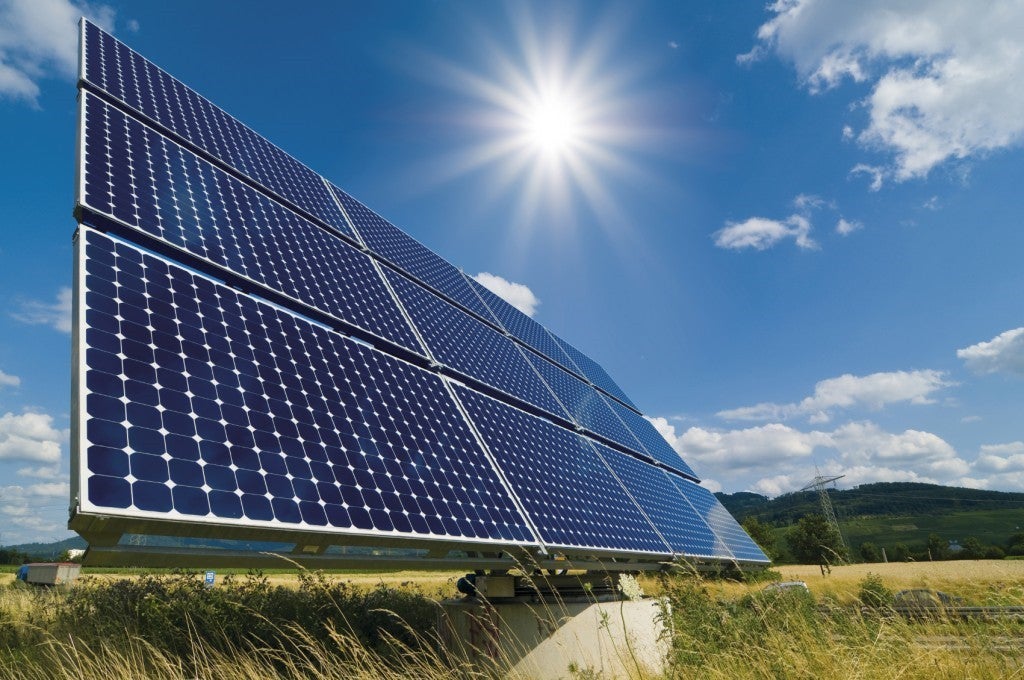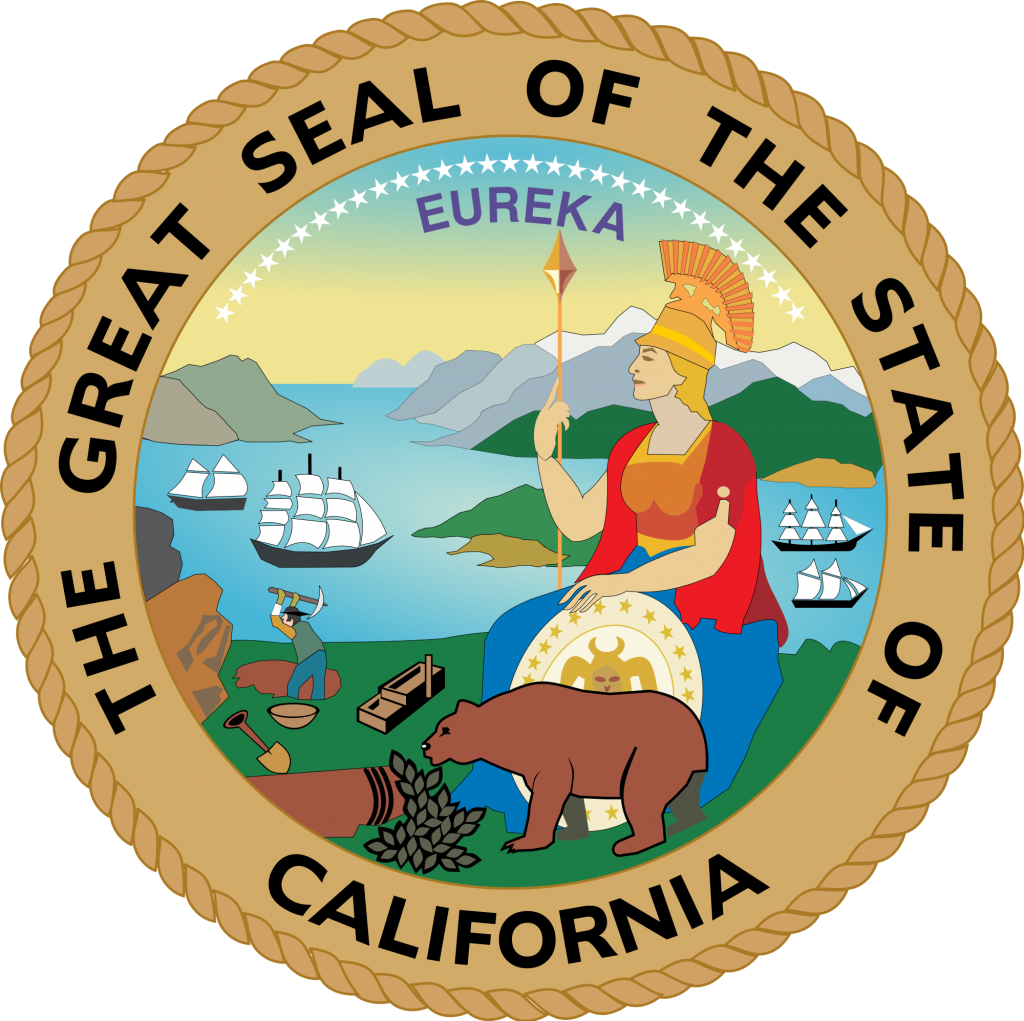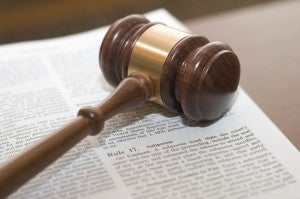 Electricity regulators, clean energy innovators, and rappers have all lamented poor communication. And some have pushed for cleaner, cheaper, more reliable solutions for meeting our energy needs. This is particularly so with the much anticipated emergence of a new kind of non-event based, price-responsive demand response (DR), or flexible DR.
Electricity regulators, clean energy innovators, and rappers have all lamented poor communication. And some have pushed for cleaner, cheaper, more reliable solutions for meeting our energy needs. This is particularly so with the much anticipated emergence of a new kind of non-event based, price-responsive demand response (DR), or flexible DR.
Whereas traditional DR signals customers to voluntarily and temporarily reduce their energy use at times when the electric grid is stressed, this type of DR does that and more. The big difference? It signals customers, their appliances, and their electric vehicles to increase their energy use when electricity is clean, plentiful, and cheap.
For example, electric vehicles can be programmed to charge at mid-day when the sun is bright and solar energy is at its peak, and use that stored energy when the sun sets. Better yet, many of our cars, homes, and appliances can be programmed to monitor grid conditions in real time, via the Internet, and respond accordingly by charging or defecting. Also known as a “set-it-and-forget-it” feature, this function enables the seamless integration of flexible DR while also supporting the full potential of energy efficiency measures and distributed energy resources (DERs), like rooftop solar and energy storage.
The seamless and stealth nature of this type of DR, which can be largely automated by tools and service providers, is something neither the customer nor the utility have to think about. It’s like a secret agent, operating behind walls and wires to find the greatest energy (and cost) saving-potential. Regulators need to unleash this “secret agent DR” by rewarding it fairly and efficiently in the energy marketplace, giving it a “license to thrill” in households and businesses across California. Read More














